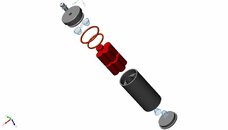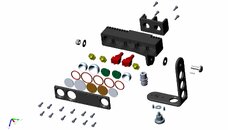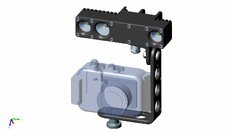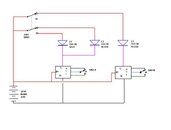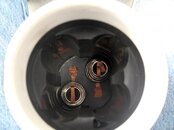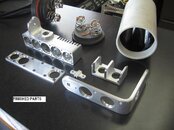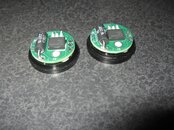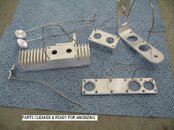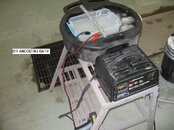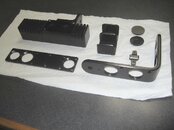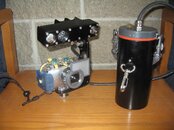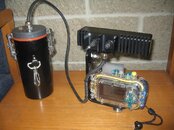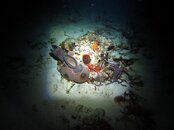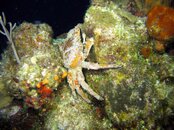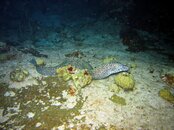Here is a summary of my latest light build. There are more details of the evolution of this light here: http://www.scubaboard.com/forums/do-yourself-diy/319558-need-lots-help-diy-light.html . I decided to consolidate the build into a shorter thread, and also critique the lights performance. Ill split this into several posts so I can add pics. (havent figured out how to embed pics in the text)
CONCEPT
I am not an u/w photographer, just shoot for my own pleasure and to share with friends & family. I was always happy with the stills I took with my old camera and internal flash, but I never shot much video because the quality was lousy. After I received a new compact point-n-shoot Canon SD960IS for Christmas with HD capability, I wanted to shoot more video.
I love night dives, and wanted to film those, too. I had shot some video with my old camera while holding a light on the subject, but that didnt work well at all. I decided to build a combination dive/video canister light. Compact size was a high priority; I wanted to be able to have one hand free even on night dives. Towing around a monstrous rig with long arms is not my idea of a good dive. The light head would mount to a tray screwed to the bottom of the camera housing, and have 3 LED emitters. One is my primary dive light, the other two are video floods. After messing around with CAD for a while, I came up with this.
CONCEPT
I am not an u/w photographer, just shoot for my own pleasure and to share with friends & family. I was always happy with the stills I took with my old camera and internal flash, but I never shot much video because the quality was lousy. After I received a new compact point-n-shoot Canon SD960IS for Christmas with HD capability, I wanted to shoot more video.
I love night dives, and wanted to film those, too. I had shot some video with my old camera while holding a light on the subject, but that didnt work well at all. I decided to build a combination dive/video canister light. Compact size was a high priority; I wanted to be able to have one hand free even on night dives. Towing around a monstrous rig with long arms is not my idea of a good dive. The light head would mount to a tray screwed to the bottom of the camera housing, and have 3 LED emitters. One is my primary dive light, the other two are video floods. After messing around with CAD for a while, I came up with this.




